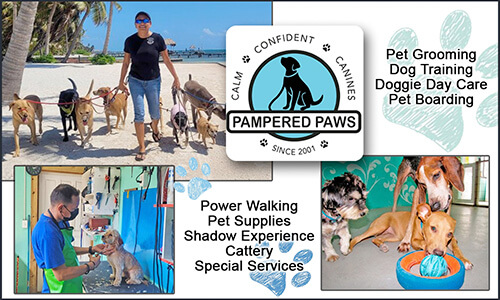The Hol Chan Marine Reserve is asking all tour operators and guides for assistance in reporting any sightings of corals seen on your dive or snorkel trip that do not look healthy via the submission of photos. We are on the lookout for Stony Coral Tissue Loss Disease (SCTLD).
The disease first appeared in 2014 in Florida, in 2018 it was confirmed in areas of the Caribbean and recently summer of 2019 has been one confirmed case in Belize, within the Bacalar Chico Marine Reserve area of Northern Ambergris Caye.
The disease affects nearly half of the stony coral species, including primary reef-building species. Elkhorn and staghorn do not seem to be affected by the disease. The cause of the disease is still unknown, and all the factors that affect transmission is not fully understood. Scientist are yet to find a way to treat the disease successfully, although many studies are finding short success on small scales. The pathogen is presumably transmitted primarily via water currents (although other vectors may be involved).
The degree of susceptibility, signs of disease, rates of progression and mortality vary among coral species, locations and season. SCTLD is a very aggressive coral disease and can have a significant impact on our reef, and as a result the fishing and tourism industries.
We are asking tour operators and their guides to look out for any signs of corals that appear sick, take a picture and send it in messenger to Hol Chan Marine Reserve or via WhatsApp to 672-0227.
Divers are also being asked to kindly decontaminate all dive equipment between dives. Decontamination includes soaking non sensitive dive gear in freshwater containing a small quantity of bleach for 10 mins after each dive, and sensitive equipment wash with mild soap. The third (3rd) link below gives specific guidelines to divers on how to decontaminate dive equipment to reduce the chances of spreading SCTLD to unaffected dive sites.
For more detailed information about the disease, identification, and guidelines for divers please go to the following links:
1. https://floridadep.gov/sites/default/files/Copy%20of%20StonyCoralTissueL…
2. http://reefresilience.org/wp-content/uploads/Disease-Identification-v4.p…
3. https://floridakeys.noaa.gov/coral-disease/citizen-participation.html?fb…
Dive tours are conducted daily, the more eyes we have assisting with identifying affected areas, and tracking the movements of SCTLD the better we can work to understand it, and effectively respond.











